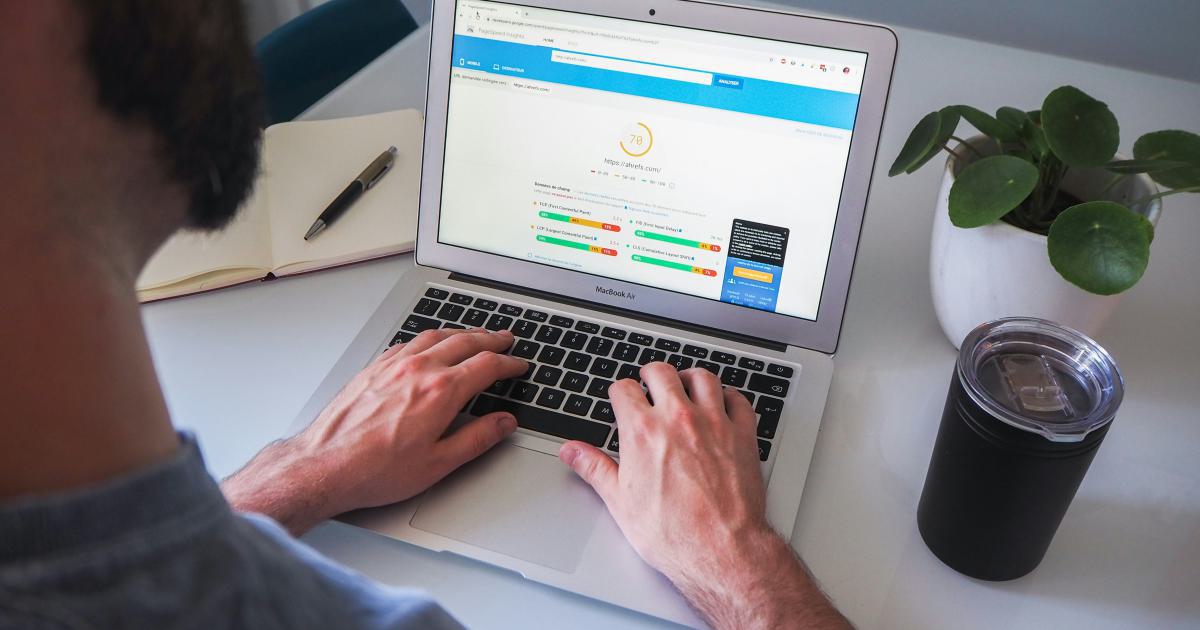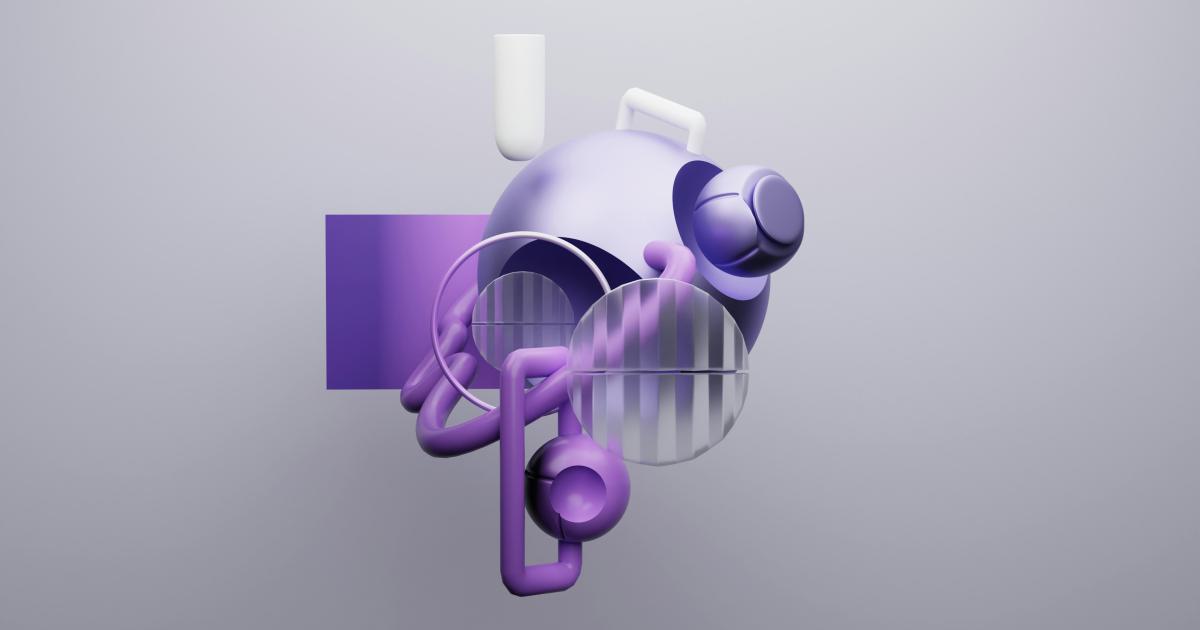How to Quickly Compress Images for Faster Loading Webpages


In today's digital landscape, where attention spans are fleeting, and user experience is paramount, the importance of optimizing website performance cannot be overstated. One of the most significant contributors to slow loading times is the inclusion of uncompressed or poorly optimized images. Fortunately, there are various techniques and tools available to help you compress images and ensure your webpages load quickly, providing an enhanced user experience for your visitors.
The Importance of Image Compression
Images are a vital component of modern web design, adding visual interest, conveying information, and enhancing overall user engagement. However, large, uncompressed image files can significantly slow down your website's loading speed, leading to frustrated users and potentially higher bounce rates.

Slow-loading webpages can have a detrimental impact on your website's performance, search engine optimization (SEO), and overall user satisfaction. According to a study by Unbounce, a 1-second delay in page load time can result in a 7% reduction in conversions. Additionally, Google has made website speed a ranking factor in its search algorithm, meaning that faster-loading sites are more likely to appear higher in search engine results.
The Consequences of Slow-Loading Images
Slow-loading images can have several negative consequences for your website and your users:
Increased Bounce Rates: Users are more likely to abandon a website if it takes too long to load, leading to higher bounce rates and lower engagement.
Reduced SEO Performance: Google and other search engines prioritize fast-loading websites, so slow-loading images can negatively impact your site's search engine rankings.
Frustrated Users: Slow-loading images can create a poor user experience, leading to frustration and a lack of trust in your brand.
Higher Bandwidth Costs: Serving large, uncompressed image files can result in higher bandwidth usage and increased hosting costs, especially for websites with high traffic.
Techniques for Compressing Images
To combat these issues, it's essential to implement effective image compression techniques. Here are some of the most popular and effective methods:
1. Choose the Right Image Format
The file format you select for your images can have a significant impact on their size and loading speed. Here are the most common image formats used on the web and when to use them:

- JPEG (Joint Photographic Experts Group): JPEG is best suited for photographs and images with a lot of color variation. It uses a lossy compression algorithm, which means that some image quality is sacrificed in exchange for a smaller file size.
- PNG (Portable Network Graphics): PNG is a lossless format, meaning it preserves image quality, making it ideal for graphics with transparent backgrounds, like logos and icons. However, PNG files tend to be larger than JPEG files.
- GIF (Graphics Interchange Format): GIF is a lossless format that supports animation and is best suited for simple images with limited color palettes, such as icons and simple graphics.
- WebP: WebP is a relatively new image format developed by Google. It offers superior compression compared to JPEG and PNG, while maintaining high image quality. WebP is supported by most modern browsers, but it may not be compatible with older browsers.
When choosing an image format, consider the type of image, the level of detail, and the desired balance between file size and image quality.
2. Optimize Image Dimensions
One of the easiest ways to reduce image file size is to ensure that the image dimensions are appropriate for their intended use on your website. Resizing an image to a smaller size before uploading it can significantly reduce its file size, without compromising quality.

"Optimizing image dimensions is a simple yet effective way to reduce file size and improve website performance."
To optimize image dimensions:
Determine the maximum size the image will be displayed on your website.
Resize the image to that size using an image editing tool or online service.
Ensure the image's aspect ratio is maintained to avoid distortion.
3. Utilize Compression Tools
There are numerous tools and services available that can help you compress your images without sacrificing quality. Some popular options include:

- Online Compression Tools: Websites like TinyPNG, Compressor.io, and ImageOptim offer easy-to-use online tools for compressing images with minimal effort.
- Desktop Applications: Software like Adobe Photoshop, GIMP, and ImageOptim (for Mac) provide advanced image optimization features, allowing you to fine-tune compression settings.
- Plugins and CMS Integrations: Many content management systems (CMS), like WordPress and Drupal, have plugins that automate image compression, making it easy to optimize images as you upload them.
When using compression tools, be sure to experiment with different settings to find the right balance between file size and image quality for your specific needs.
4. Lazy Load Images
Lazy loading is a technique that delays the loading of images until they are needed, reducing the initial page load time. This is particularly useful for websites with a large number of images or long scrolling pages.

By only loading images as they come into view, you can significantly reduce the initial page load time, providing a more seamless and efficient user experience. Many modern web frameworks and libraries, such as React, Vue.js, and jQuery, have built-in lazy loading functionality or support third-party lazy loading plugins.
5. Serve Images in Next-Gen Formats
Newer image formats, such as WebP and AVIF, offer superior compression compared to traditional formats like JPEG and PNG, while maintaining excellent image quality. By serving these next-generation image formats, you can further optimize your website's performance.

However, it's important to note that not all browsers currently support these newer formats. In such cases, you can provide fallback options for older browsers by serving the traditional JPEG or PNG formats as a backup.
6. Use Content Delivery Networks (CDNs)
Content Delivery Networks (CDNs) are distributed networks of servers that cache and deliver your website's content, including images, from the server closest to the user's geographic location. This can significantly reduce the time it takes for images to load, as the user is served the content from a nearby server rather than the main server hosting your website.

By leveraging a CDN, you can improve your website's overall performance and provide a better user experience for your visitors, regardless of their geographic location.
Challenges and Considerations
While image compression techniques can greatly improve website performance, there are some challenges and considerations to keep in mind:
Balancing Quality and File Size
Achieving the optimal balance between image quality and file size can be a delicate process. Aggressive compression can result in noticeable quality degradation, while overly conservative compression can lead to larger file sizes and slower page loads. It's essential to find the sweet spot that maintains the desired visual quality while minimizing file size.
Browser Compatibility
Not all browsers support the latest image formats, such as WebP and AVIF. Providing fallback options for older browsers is crucial to ensure your website's images are displayed correctly across all user agents.
Maintaining Responsive Design
Ensuring that your images adapt to different screen sizes and device resolutions is essential for providing a consistent user experience. Techniques like responsive images and art direction can help you deliver the right image size and quality for each device.
Automating the Process
Manually optimizing every image on a website can be time-consuming and tedious. Automating the image optimization process, either through plugins, scripts, or integrated workflows, can save you a significant amount of time and effort.
Ongoing Monitoring and Optimization
Website performance is not a one-time task; it requires continuous monitoring and optimization to ensure your images remain optimized as your website evolves. Regularly reviewing your website's performance metrics and making adjustments as needed can help you maintain a fast-loading and efficient website.
Practical Applications and Real-World Examples
Compressing images for faster loading webpages can have a tangible impact on your website's performance and user experience. Here are some real-world examples and case studies:
Case Study: Improved Conversion Rates for an E-commerce Website
An e-commerce website optimized its product images, reducing their average file size by 50%. This resulted in a 10% decrease in the website's overall load time and a 7% increase in conversion rates, as users were able to browse and purchase products more efficiently.

Example: Boosting SEO with Optimized Images
A content-focused website implemented a comprehensive image optimization strategy, including the use of next-generation image formats and lazy loading. This led to a 25% reduction in the website's overall page load time, which contributed to a 15% increase in organic search traffic and higher search engine rankings.

Case Study: Improving User Experience for a News Website
A news website with a significant reliance on visual content optimized its images using a combination of techniques, such as responsive image delivery and smart cropping. This resulted in a 30% decrease in the website's average load time, leading to a 12% reduction in bounce rates and an 8% increase in user engagement metrics.

These real-world examples demonstrate the tangible benefits of implementing effective image compression strategies, including improved user experience, increased conversions, and enhanced search engine visibility.
Conclusion
In the fast-paced world of the internet, the ability to quickly load images is a critical component of website performance and user experience. By employing a range of image compression techniques, such as choosing the right file format, optimizing image dimensions, utilizing compression tools, and leveraging next-generation image formats and CDNs, you can significantly improve your website's loading speed and provide a seamless experience for your visitors.
As you continue to refine and optimize your image compression strategies, remember to monitor your website's performance, experiment with different approaches, and stay up-to-date with the latest advancements in web technology. By doing so, you can ensure that your website remains fast, responsive, and engaging, ultimately driving increased user satisfaction, improved search engine rankings, and better overall business outcomes.
Further Reading
- Image Optimization: A Comprehensive Guide
- The Impact of Page Speed on Ecommerce Conversions
- Best Practices for Responsive Images
- WebP vs. JPEG/PNG: Which Image Format is Best?
- Lazy Loading: The Definitive Guide